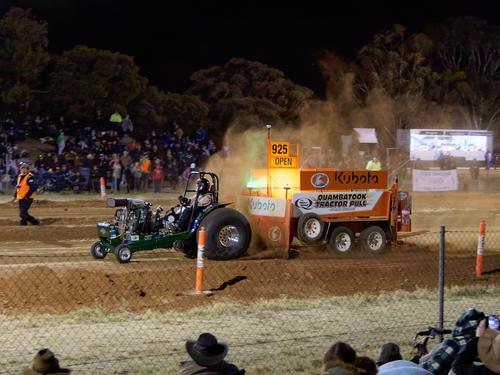I'm also a fan of keeping the ISO as low as possible. Smaller sensors don't like high ISO's, nor are they keen on big exposure/shadow pushes. I shoot m4/3, so consider fast primes to be essential for any low light work that has any type of movement in them. The 1.4 primes are the sweet spot for me, equivalent to 2.8 in 135 format, can still get reasonable DOF, and combined with a trip through DXO pure raw can get quite good results, without the weight associated with some of the larger format gear. Some of my favourite tiny primes are the Panasonic Leica 9mm f1.7, Laowa 10mm f2, Panasonic Leica 15mm f1.7 & 25mm f1.4, Siggy 30 & 56 f1.4's, the Oly 45 f1.8 & Lumix 42.5 f1.7. The Lumix is great for bodies without IBIS.
I figure that if Pro's can shoot with 2.8 glass, then I should be able to manage with f1.4.
Edit -I have no hesitation in cranking the ISO a bit to prevent bad motion blur by the way.

